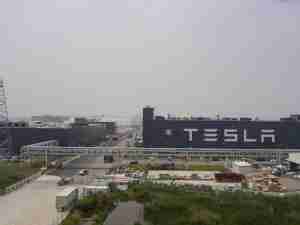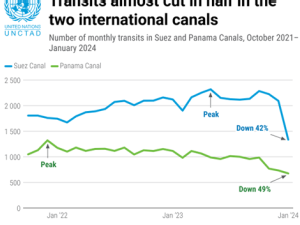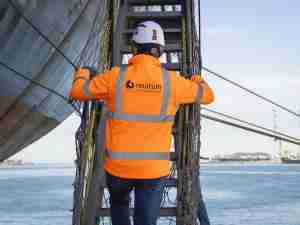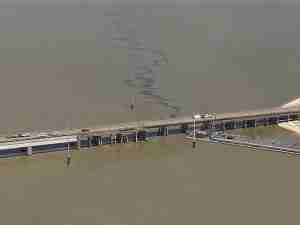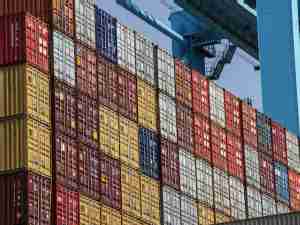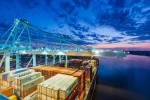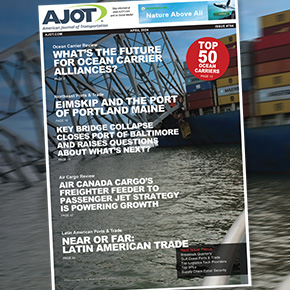Victoria International Container Terminal (VICT), Melbourne, is now the regular recipient of large container vessel calls, bringing the port into line with its peers on the east coast of Australia – Sydney and Brisbane – and delivering multiple benefits to importers and exporters.
VICT was developed as part of the Port of Melbourne’s, Port Capacity Project (PCP), a Victorian State Government initiative conceived to redevelop Webb Dock East, to deliver the extra capacity needed to support Melbourne’s continued growth and to maintain the top position of busiest port in Australia.

VICT’s leading-edge design and unique location on the bay side of the port means that for the first time shipping lines can access the Port of Melbourne without being restricted by the West Gate Bridge or the Yarra River Channel. This enables access for larger vessels of 8,000+ TEU, which are increasingly important to the future of the shipping industry and Australia’s economy.
Now complete is the first rotation of the A3C Central China – East Coast of Australia service comprising six vessels operated by ANL, COSCO and OOCL featuring vessels with capacities in the range 8063 to 8500 TEU, LOA from 320 – 335m and beams in the range 42.8 to 45.6m. This represents a significant step up from the 5500 TEU capacity vessels that also operate in this trade lane.
VICT reports that the A3C vessels have arrived with a high utilisation - +85% - but with a <11m draught which means these vessel are serviced comfortably within the 14m water depth and there is no need for further dredging of Port Phillip Bay. Calls have been seamless with highly efficient berthing, handling and un-berthing with these particularly proven to be competitive with experience in Sydney.
VICT, developed at a cost of AUD660 million by International Container Terminal Services Inc. (ICTSI), is a fully automated terminal which in 2017 was the recipient of the Australia’s acclaimed Smart Infrastructure Project award. Handling performance at the terminal continues to build to new heights with container moves across the quay and uninterrupted traffic flow through the terminal gate being a consistent feature of daily operation.
“We are pleased to see VICT realising its potential and facilitating access to more economic shipping capacity to importers and exporters,” emphasises Anders Dommestrup, CEO, VICT. “Larger vessels cascading into east coast Australia trades,” he adds, “is an established trend and the ability to service them is fundamental to the Port of Melbourne consolidating and expanding its position as a competitive gateway for international trade.”
